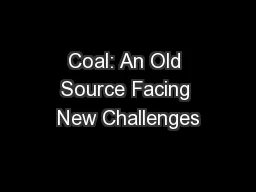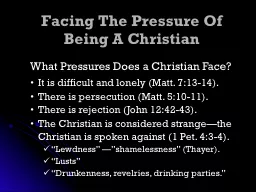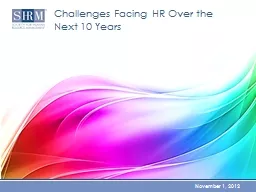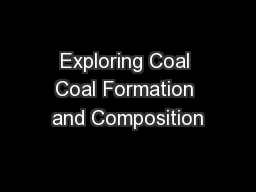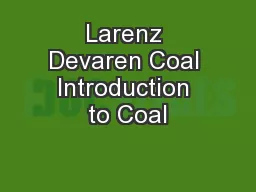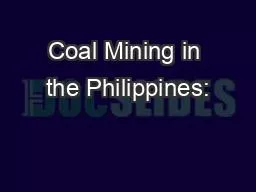PPT-Coal: An Old Source Facing New Challenges
Author : tatyana-admore | Published Date : 2015-11-09
Daniel Cohan Rice University October 4 2014 Outline Overview of coal and its use Emissions from coal Controlling emissions from coal Other impacts of coal Costs
Presentation Embed Code
Download Presentation
Download Presentation The PPT/PDF document "Coal: An Old Source Facing New Challenge..." is the property of its rightful owner. Permission is granted to download and print the materials on this website for personal, non-commercial use only, and to display it on your personal computer provided you do not modify the materials and that you retain all copyright notices contained in the materials. By downloading content from our website, you accept the terms of this agreement.
Coal: An Old Source Facing New Challenges: Transcript
Download Rules Of Document
"Coal: An Old Source Facing New Challenges"The content belongs to its owner. You may download and print it for personal use, without modification, and keep all copyright notices. By downloading, you agree to these terms.
Related Documents

